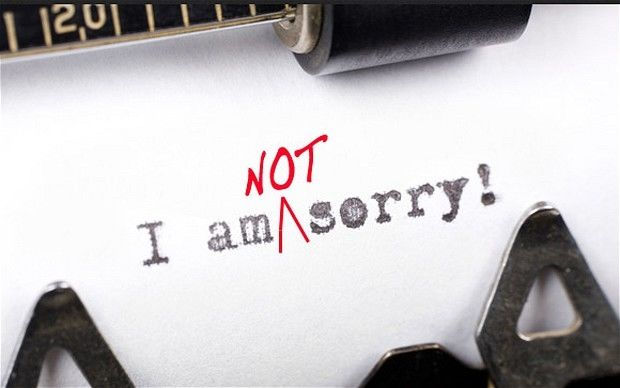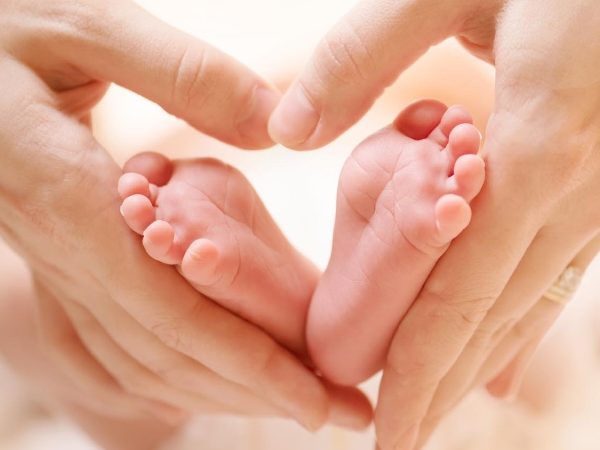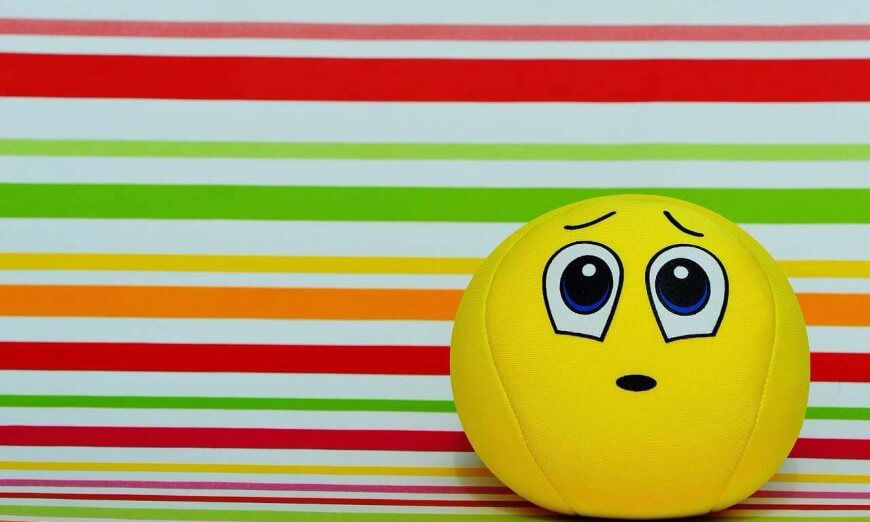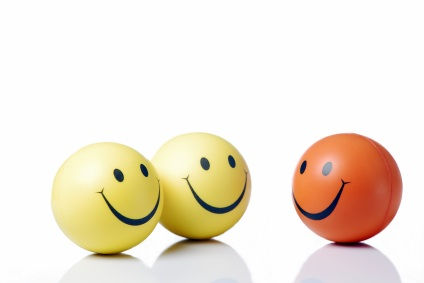Are you the best attachment type? Attachment Theory
- Neha Mishra
- Sep 1, 2020
- 4 min read
Here's to You being You with fewer complexities in your relationships with partners, peers, and family.
Starting with toxic relationship awareness programs going on social media like perennial activity, we tend to find the faults in others. What a hit hard realization it would be," Damn! It was me. It's me so many times." What then? The realization doesn't guarantee an appropriate reaction. More so, in such circumstances, we look for reassurance instead of solutions. And that's worse because there are hundreds of ways to be proudly okay with our flaws, not feeling the necessity to own up to our shortcomings.

Attachment theory tends to answer:
What do we base our attachment security on?
What do we live by in our current relationship?
John Bowlby, psychoanalyst and psychiatrist, one of the pioneers of the attachment theory found in his research, it is a human tendency that children (6 months to 2 years of age) need to develop a fulfilling relationship with a primary caregiver. This leads them to secure emotional and psychological development. Crappy things happen when these needs are not fulfilled adequately.

In the 1960s and '70s, Mary Ainsworth, furthered attachment theory based on observations where she proposed 3 types of attachment behavior based on a child's reaction on abandonment and reconciliation with their primary caregivers were obtained:
1. Secure: children who showed normal joy and sense of security on the arrival of their mother
2. Anxious- ambivalent: children who were distressed on abandonment and showed helplessness or anger towards the caregiver who abandoned them
3. Anxious-avoidant: children who were anxious at abandonment but they pretended to be indifferent.
The fourth type was later added to the list:
4. Disorganized/disoriented: (happens when the primary caregiver was abusive, unpredictable, or hostile) the children did not know how to react. They were confused and often froze in the presence of a caregiver.

How would it be relevant to us if it was all about childhood? Well, the theory has found its application in adulthood too. That is what concerns us. Let’s discuss this with how it would be if one found it was their mistake in a fight, and where one finds himself/herself in a relationship.

Anxious ambivalent tend to get furious and find the journey from up-high rage to ground level apology quite difficult. They'll rather make a bigger mess of the situation they whole-heartedly wanted to handle and then regret later. They will (over)think how the others will have a lower opinion of them; how they would be judged by every individual; how nobody would like to befriend or stay with them. They will need higher reassurance to cope with their embarrassment. They want to fit in but find it difficult. They’ll be anxious about losing people.

Anxious avoidant might (again) want to mend a fight or a situation, but they will approach it indirectly. They are dismissive of how much they care, hence they'll bring a gift may be or plan a surprise but will not bring up the matter which upset you last night. Or they simply might call you up the next morning pretending nothing happened, while their minds are assessing your mood to know if everything is alright. The "sorry" comes later when they feel comfortable in the scenario (or it might not come at all). They won't show but expect you to know. They love and care and it should be obvious to you. They’ll be anxious about getting close.

Ahem... Now comes the secure people. They are okay with letting go. Establishing good relationships is their knack. When you look around, you see they are the people who are liked by almost everyone because of their amiability (of course until somebody is envious of them). Everybody is unique but nobody is perfect so, yes, they have their scars. But solutions rank higher than self-criticism for them. Quite obviously, they are happy with themselves. Not forever though (we'll discuss this shortly).

Then comes our latest addition (from the 1980s) to the attachment type, the disoriented/disorganized. The confusion or trauma they carry from childhood makes them susceptible to anxiety and depression. Also, it's absolutely difficult for them to build associations because they mess up in anticipating other's reactions in a particular situation. So they take refuge in solitary activities like painting, reading, etc, which forms their safe haven. Introverted is what we may call them in the modern sense, but introverts are the people who derive their energy from within themselves (based on psychology). So let us spare that relativity.

In-office, amiability, and teamwork are two highly-rated traits to be possessed, but not everybody is excellent at it as we've seen. If I'm not happy with the traits my attachment type brings, will I be able to change it over the course of life? The control over the change is doubtful, I'd say, but changes definitely occur as a longitudinal study by psychologists, Lee A. Kirkpatrick and Cindy Hazan suggests.

In their study, they found, over a 4 year period, 70% of people stuck to their attachment style, while 30% of participants showed changed attachment style. This happens because our peers or partners take the place of primary caregiver and our experience with them reshapes our attachment style. But good things in life come with terms & conditions attached. In order to develop changes, one must be susceptible to changes (psychologist, Joanne Davilla showed this in her study). Now that changes can be good or bad, how can we ensure a good change? Changes are unconscious, but adaptability is conscious and can help develop positive traits. So that's the path to follow.

Don't be blown away already because one still needs a roadmap to the journey of change. The first step is to identify which category you fall in, then you know your problems. Develop solutions for each of your problems and see what works. There are gurus and books to help you with better understanding. But the journey of knowing oneself goes through the self. The tools can help make the journey only quicker.


Comments